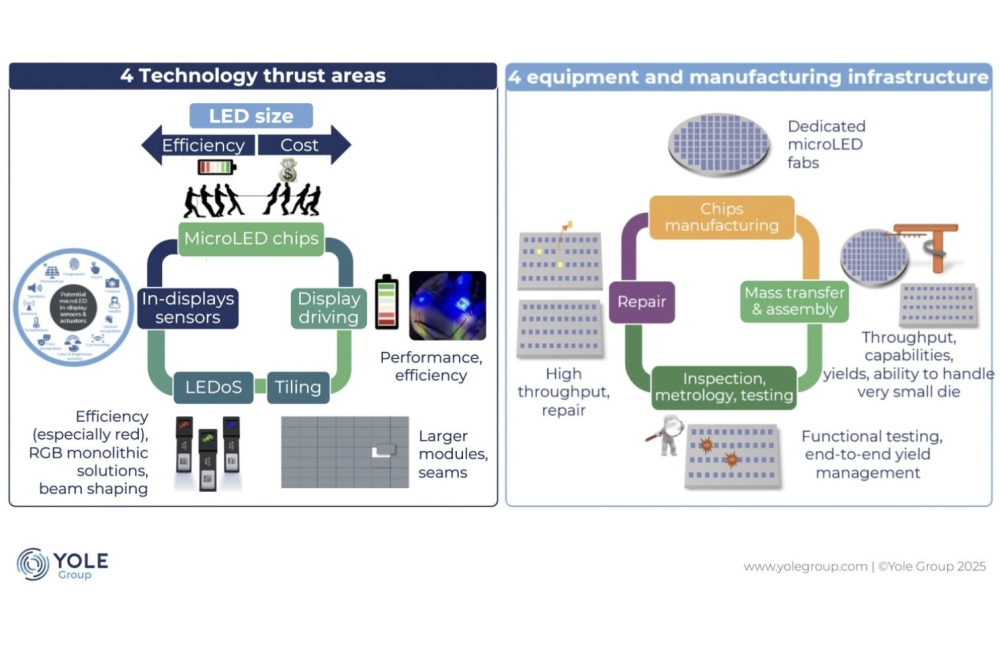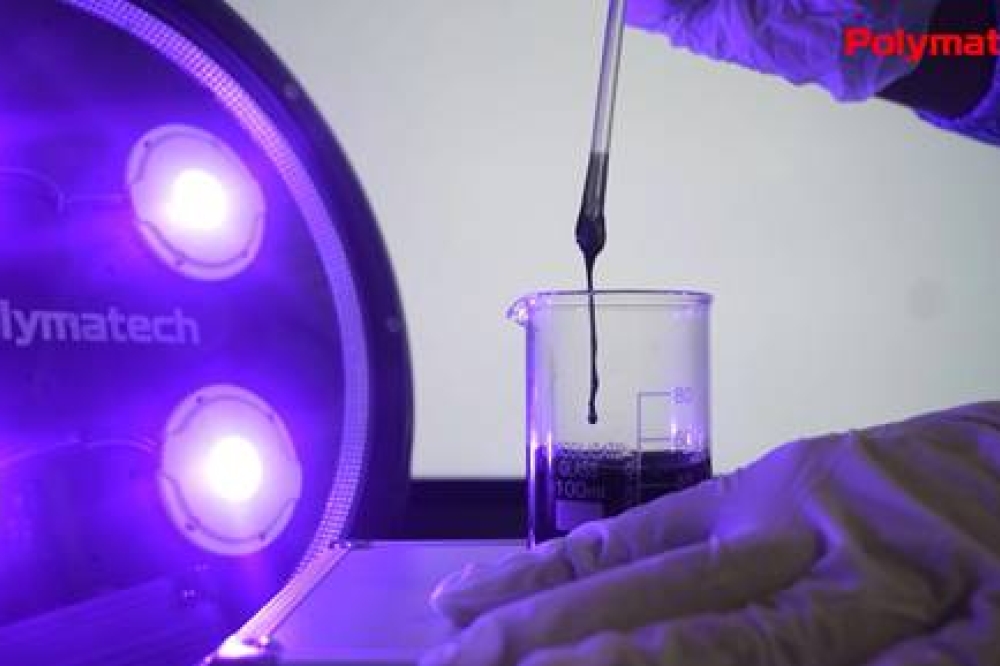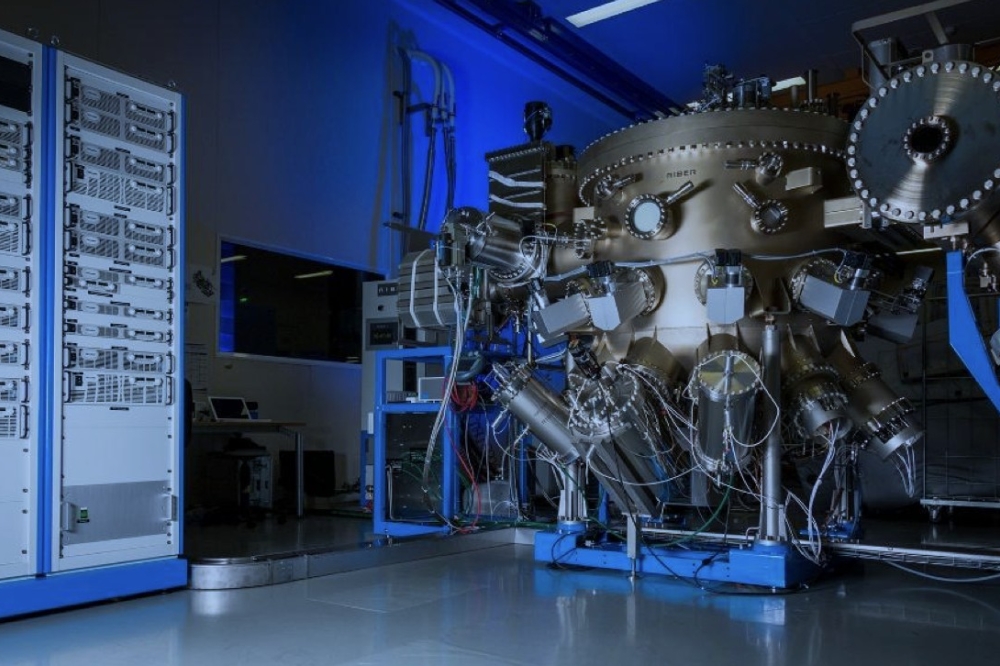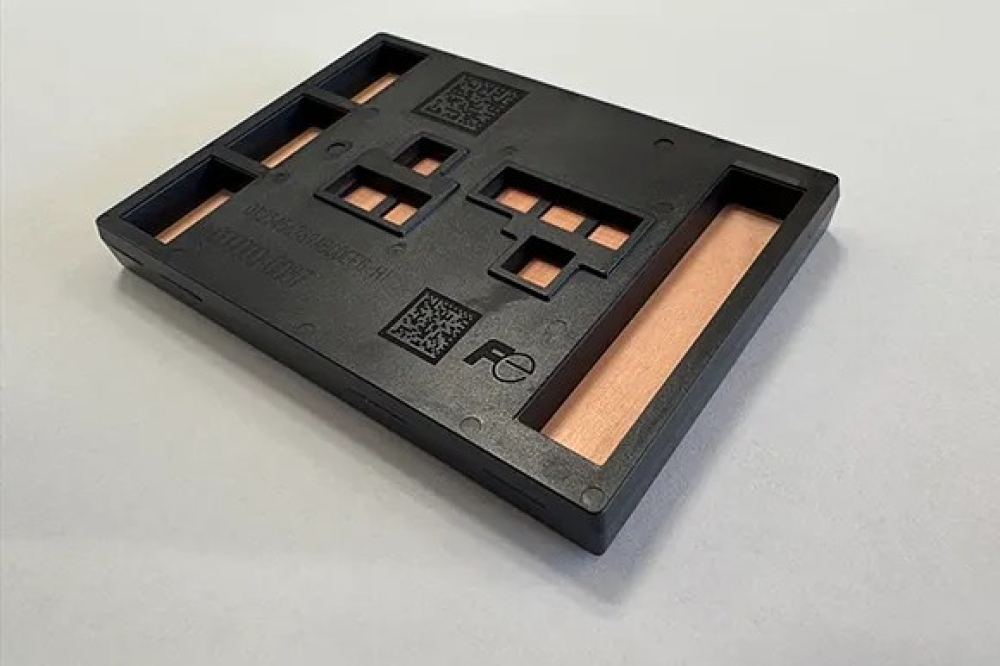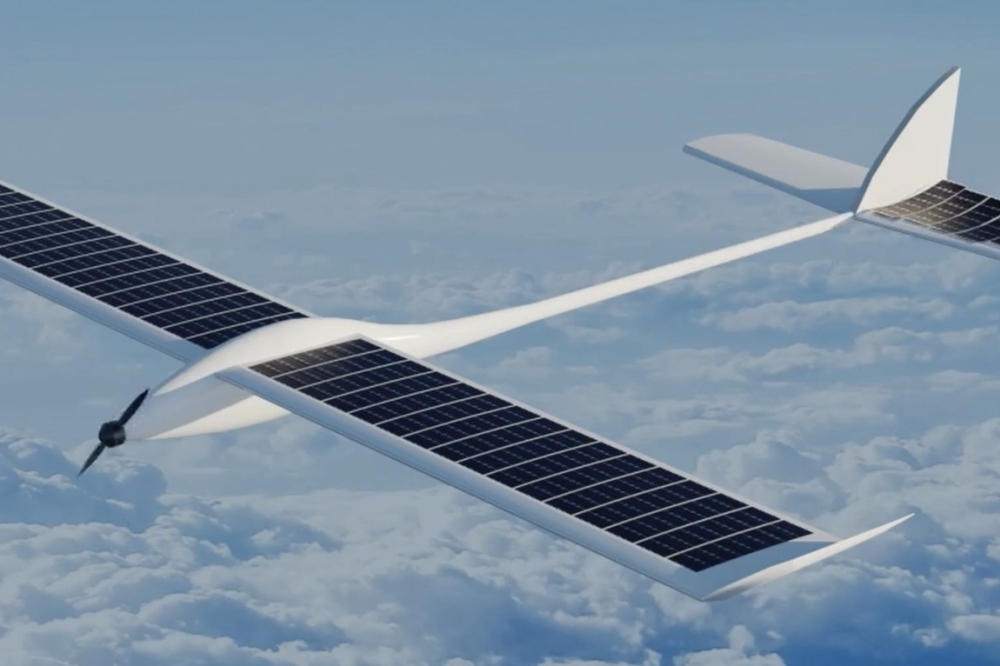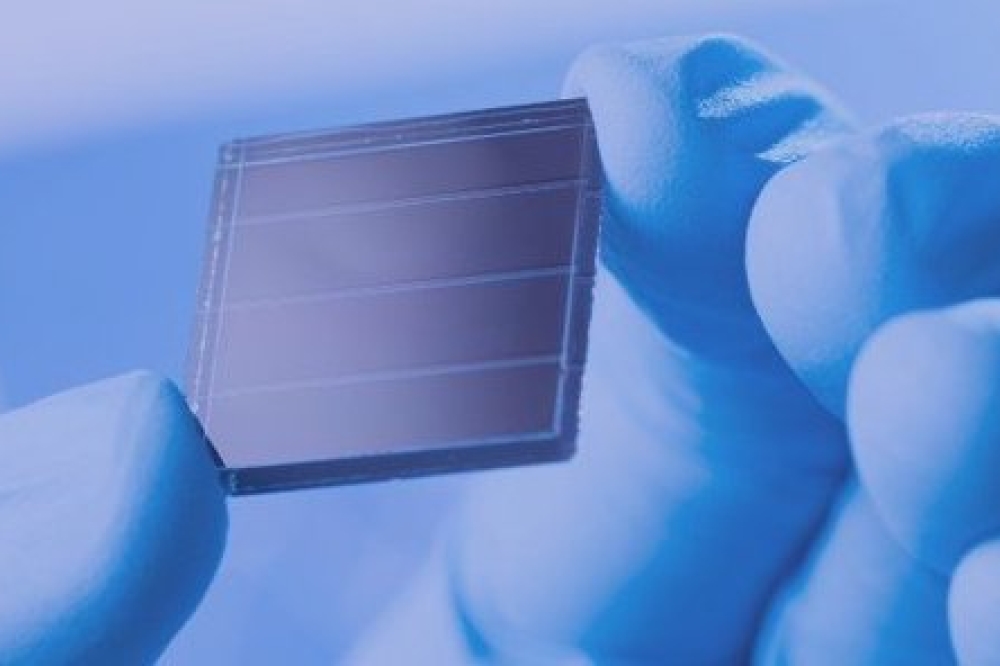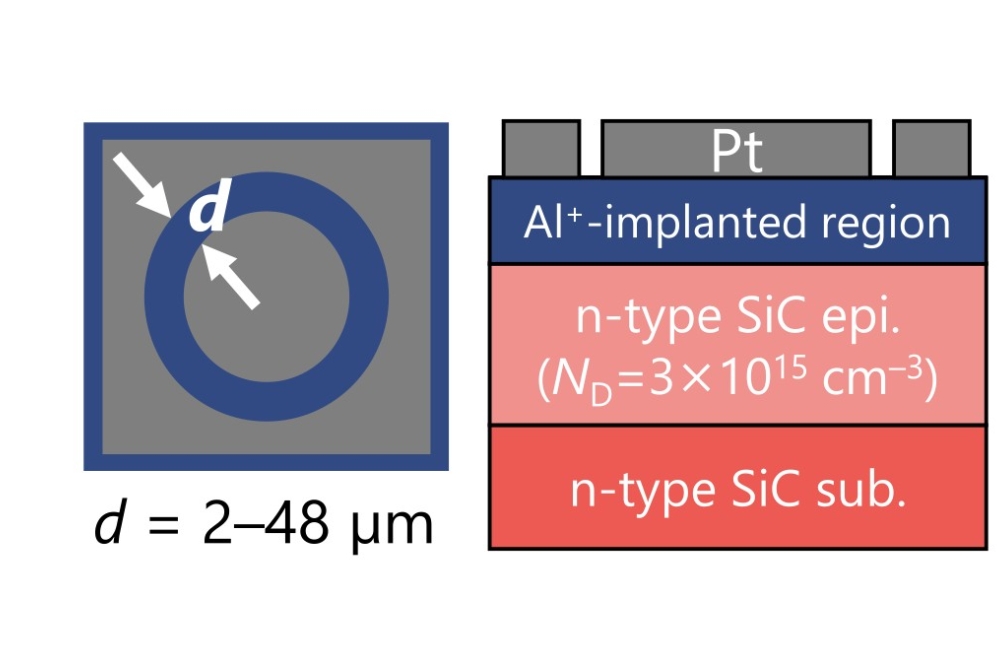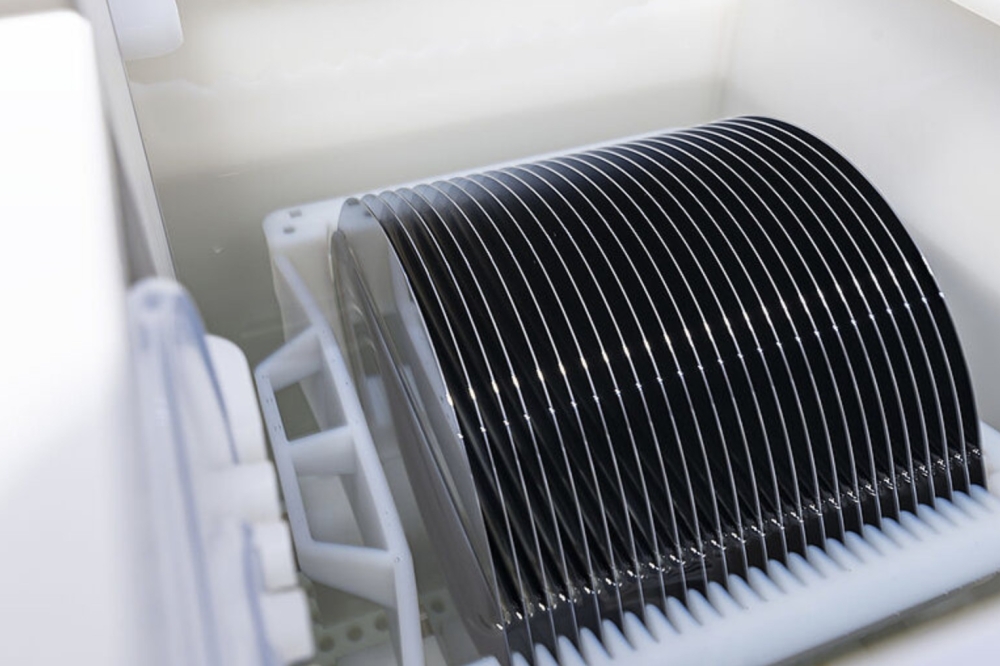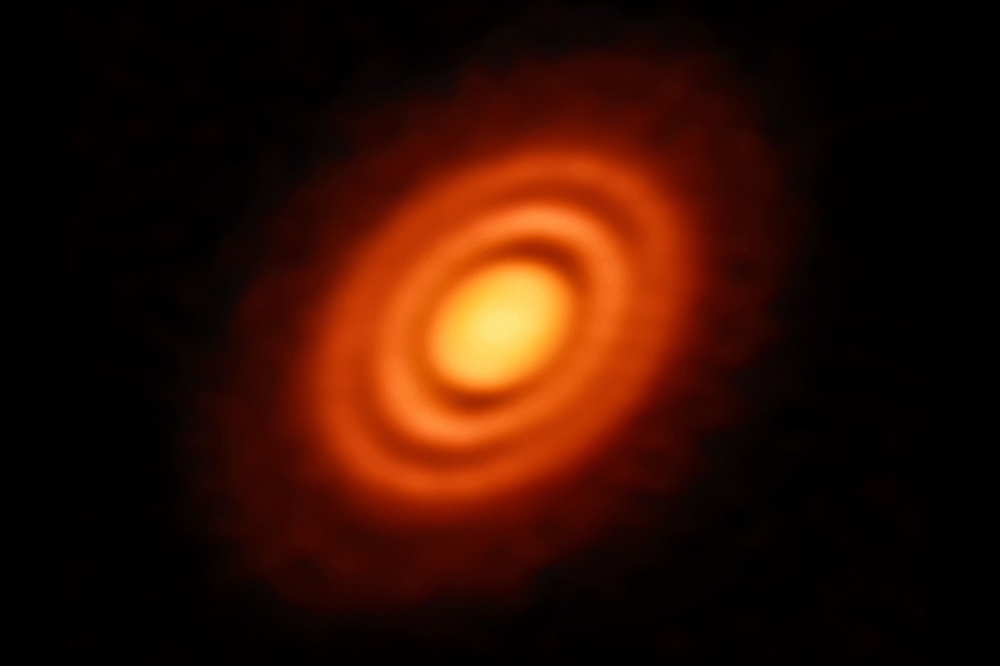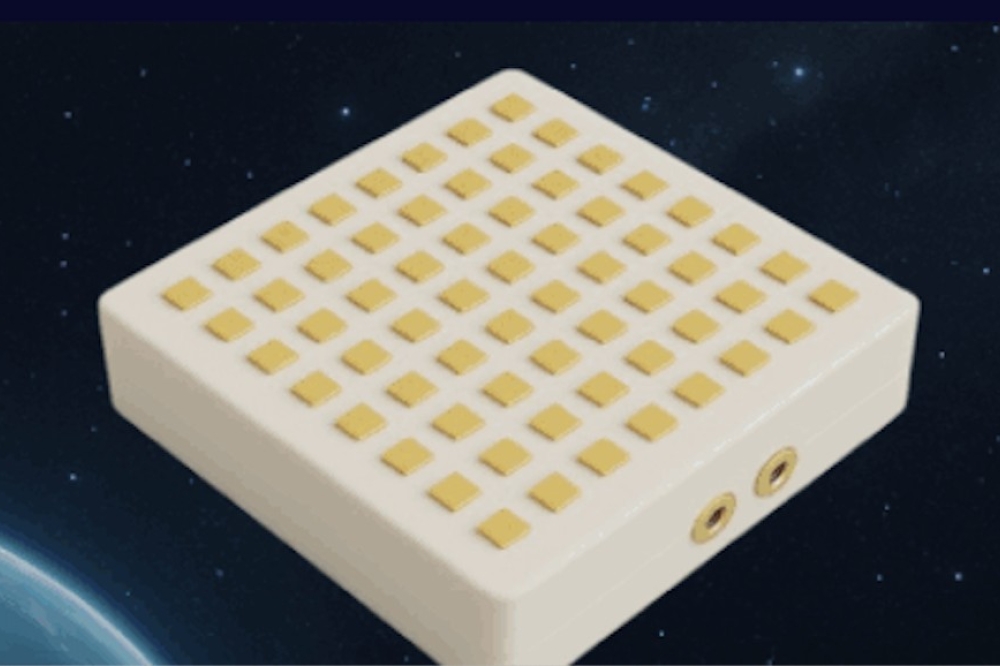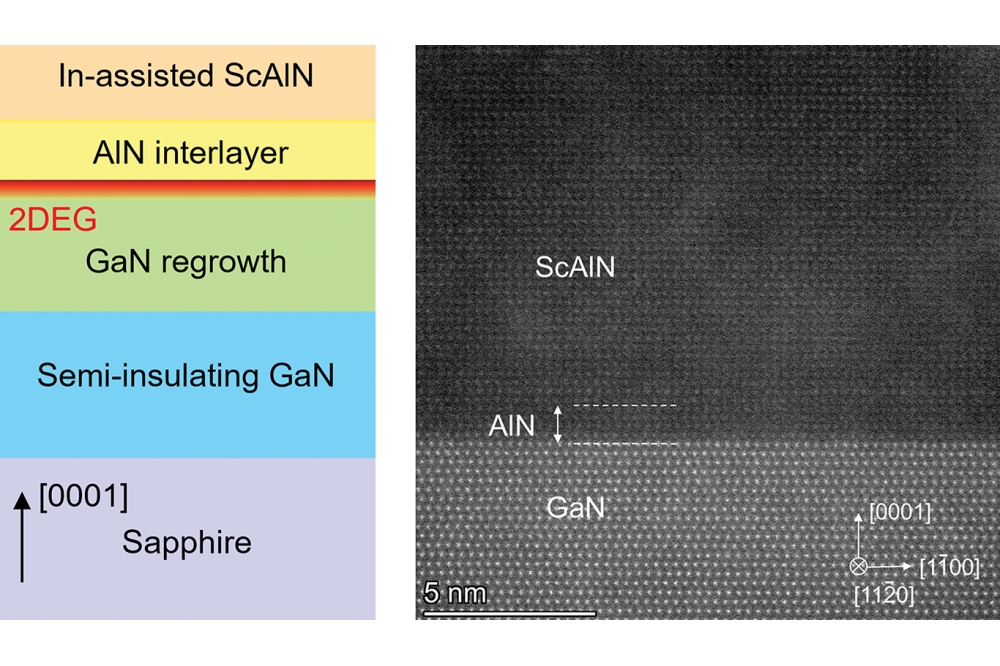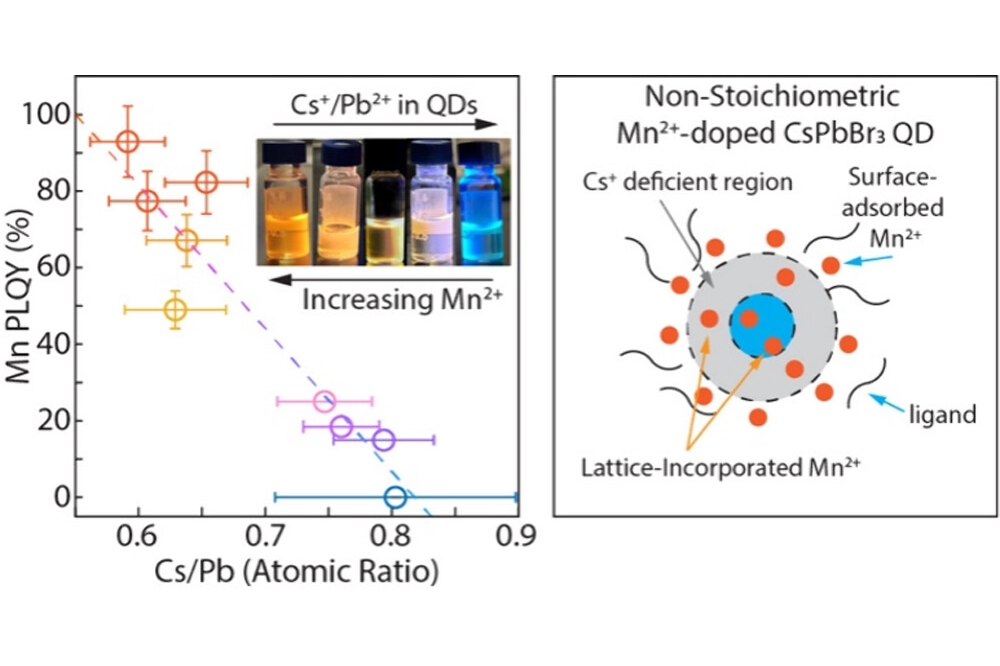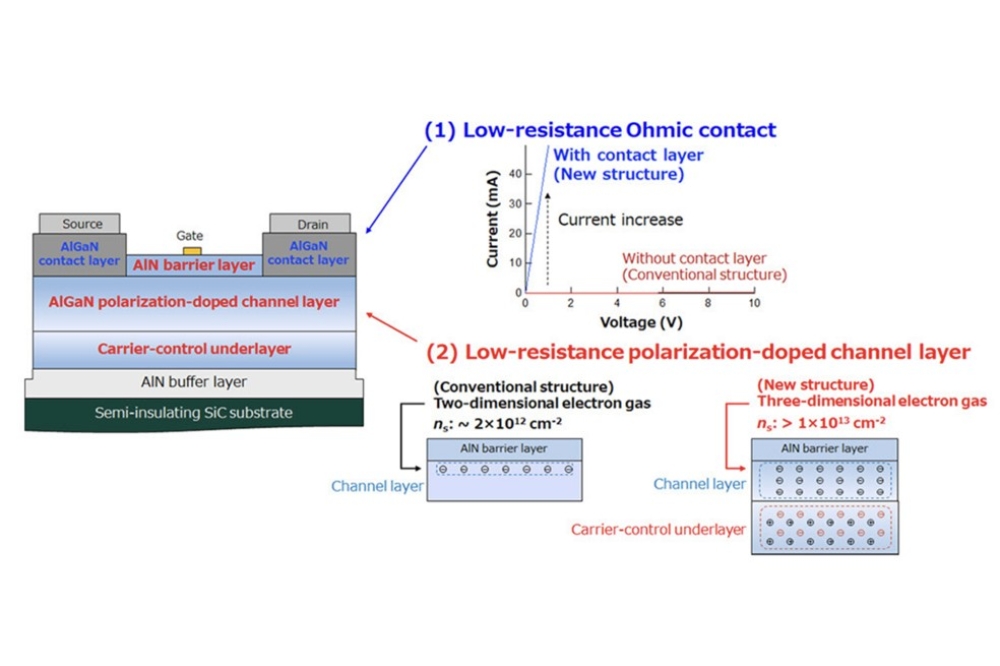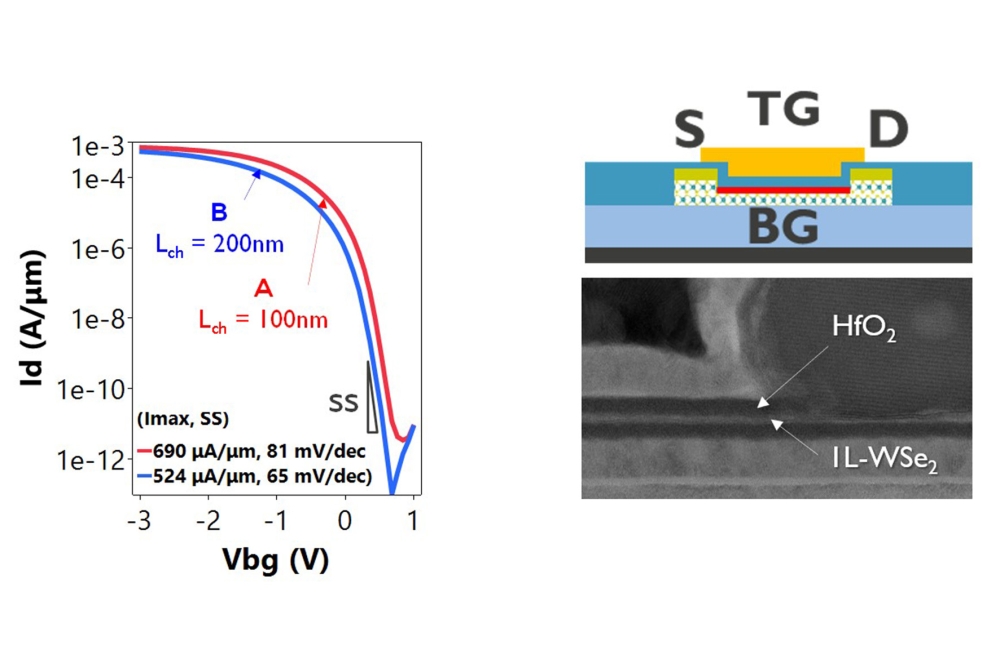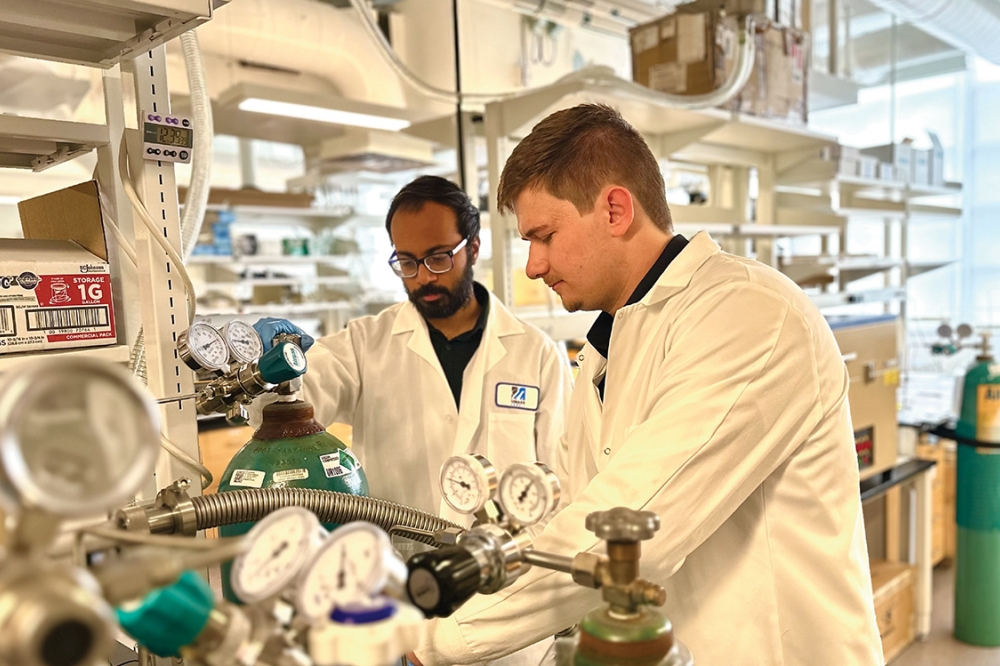Researchers to develop nature-inspired space lasers

An international group, including scientists from Heriot-Watt University in the UK, plans to develop a novel way of harvesting solar energy in space inspired by photosynthesis.
By repurposing natural photosynthetic structures from bacteria, they aim to convert sunlight into laser beams, to facilitate the transmission of power between satellites, from satellites to lunar bases, or even back to Earth.
The €4 million APACE project is jointly funded by the European Innovation Council and Innovate UK, part of UK Research and Innovation. It brings together researchers from the UK, Italy, Germany and Poland to create the new type of solar-powered lasers which will provide reliable, efficient power for the growing number of satellites and future space missions.
The research team will begin by extracting and studying the natural light-harvesting machinery from specific types of purple and green sulphur bacteria that have evolved to survive in extremely low light conditions. These bacteria have specialised molecular antenna structures that can capture and channel almost every photon of light they receive – making them nature's most efficient solar collectors.
In parallel, the team will develop artificial versions of these structures and new laser materials that can work with both natural and artificial light-harvesters. These components will then be combined into a new type of laser material and tested in increasingly larger systems.
Erik Gauger from the Institute of Photonics and Quantum Sciences at Heriot-Watt University is leading the theoretical modelling aspects of the project. He explains: “Sustainable generation of power in space, without relying on perishable components sent from Earth represents a big challenge. Yet, living organisms are experts at being self-sufficient and harnessing self-assembly. Our project not only takes biological inspiration but goes one step beyond by piggybacking on functionality that already exists in the photosynthetic machinery of bacteria to achieve a breakthrough in space power.
“Our APACE project aims to create a new type of laser powered by sunlight. Regular sunlight is usually too weak to power a laser directly, but these special bacteria are incredibly efficient at collecting and channelling sunlight through their intricately designed light harvesting structures, which can effectively amplify the energy flux from sunlight to the reaction centre by several orders of magnitude. Our project will make use of this level of amplification to convert sunlight into a laser beam without relying on electrical components."
Key technical innovations include the development of supramolecular gain media combining photosynthetic or artificial antenna complexes with specifically engineered lasing units, and novel cavity designs for both micro-scale and macro-scale laser operation.
The research team expects to have its first prototype ready for testing within three years.

